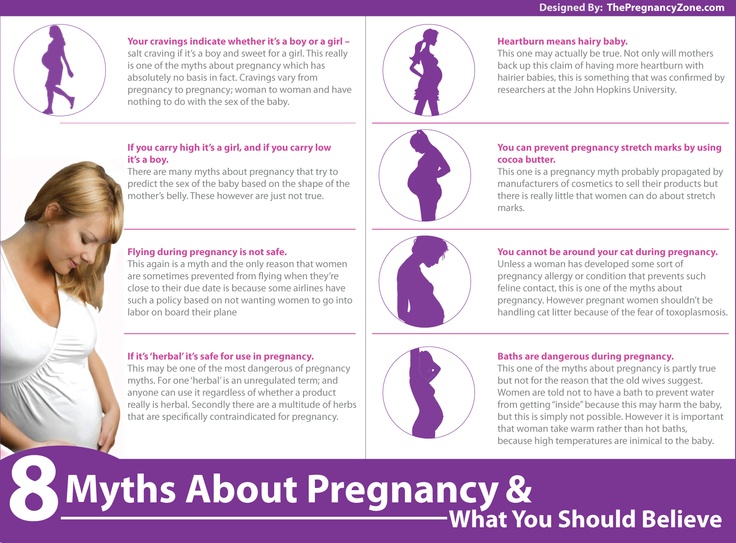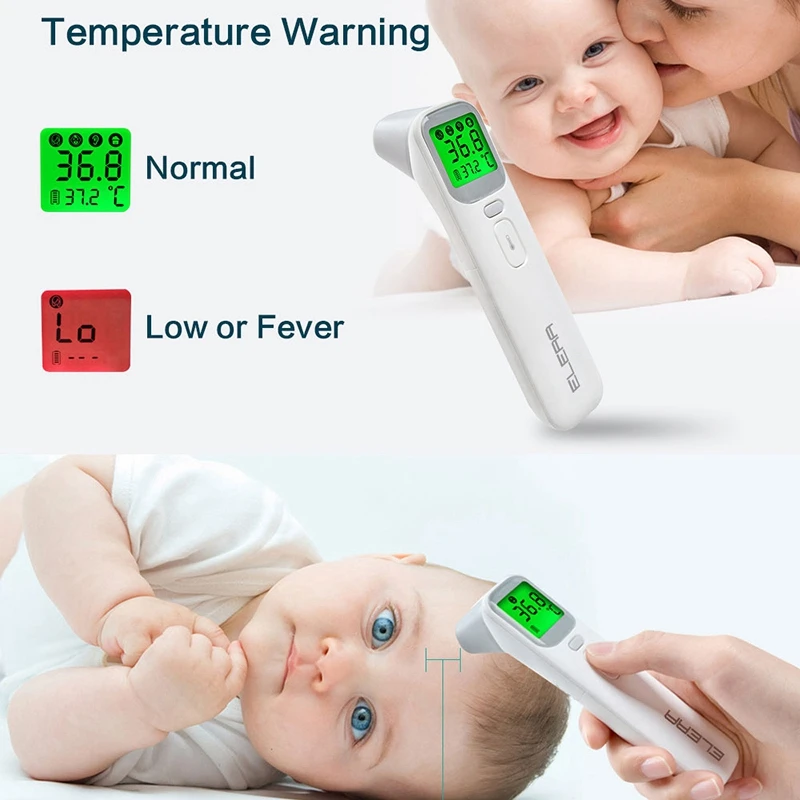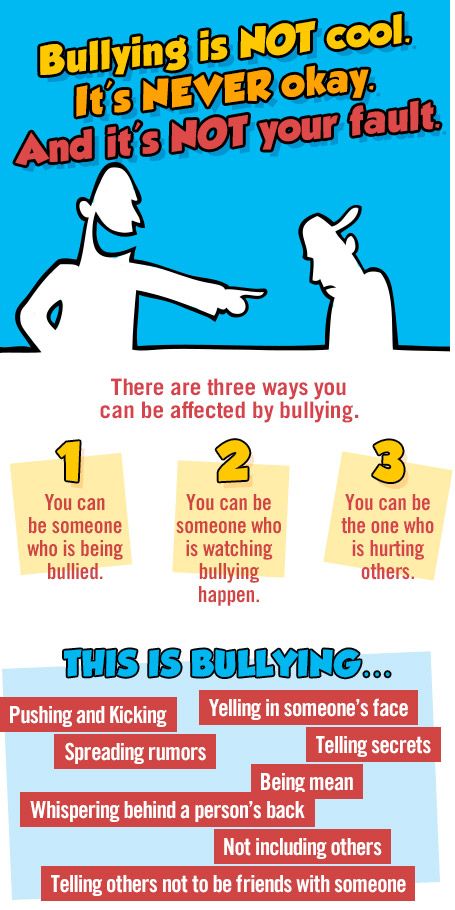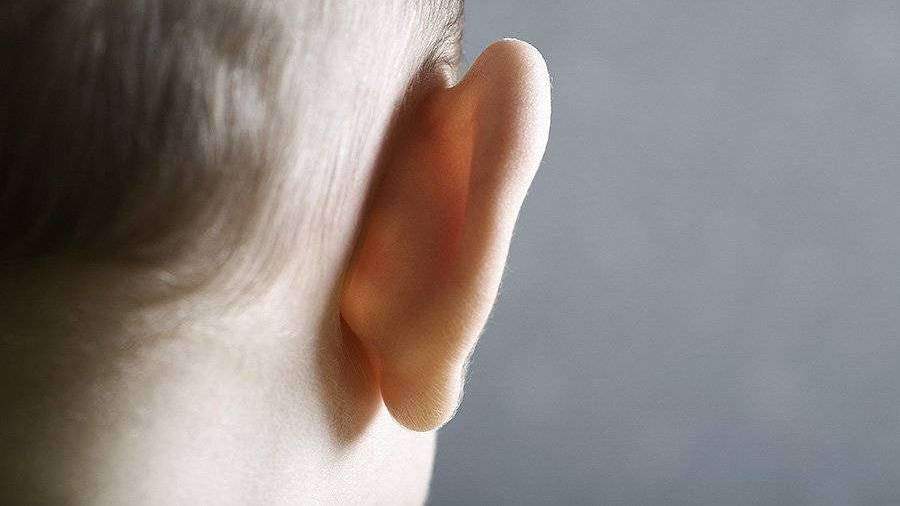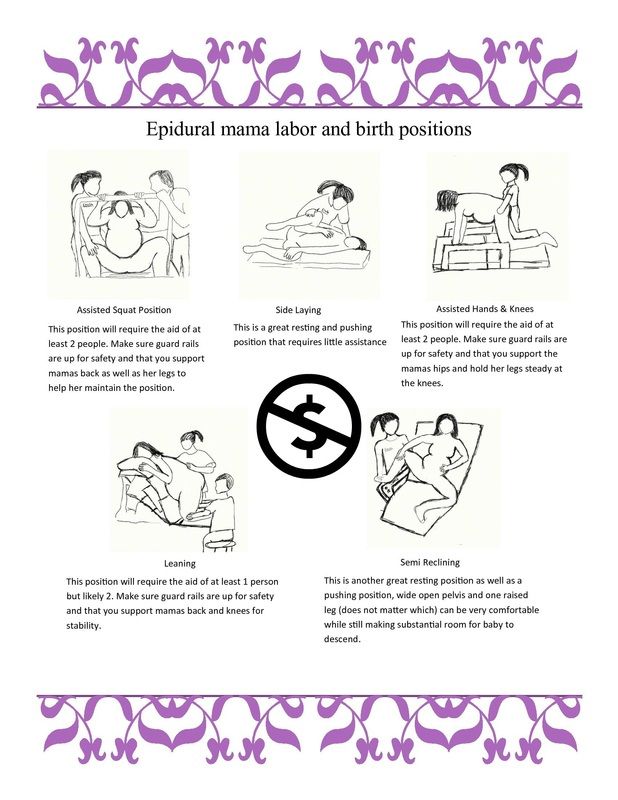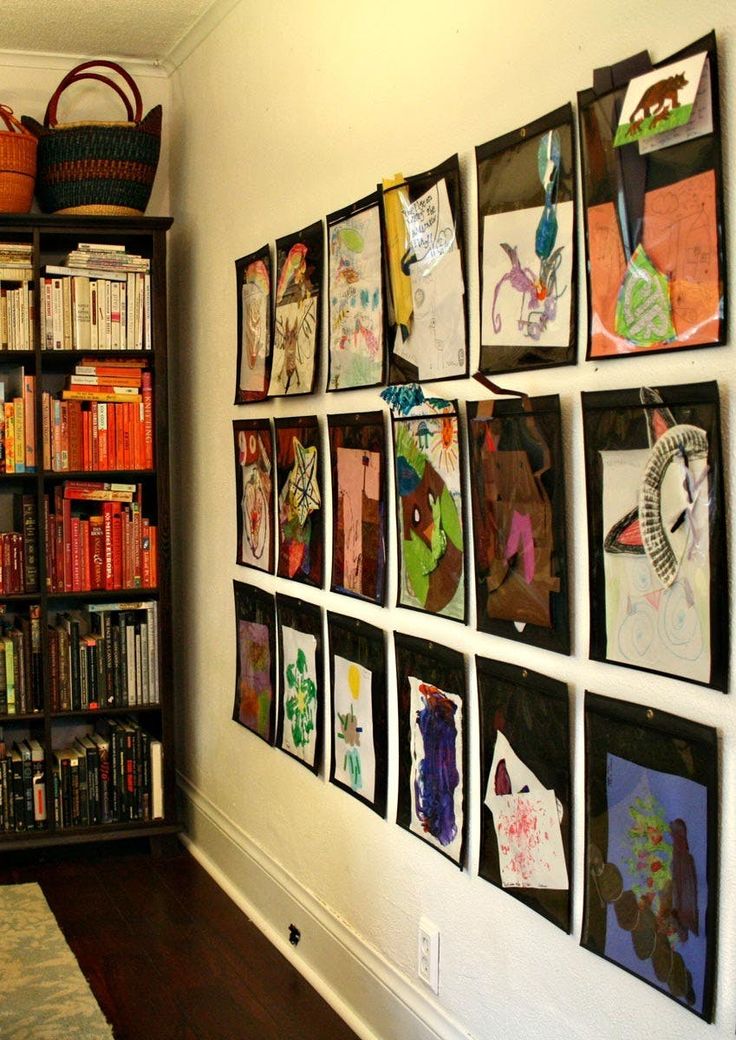Myths about babies
Common myths about babies | Pregnancy Birth and Baby
beginning of content4-minute read
Listen
There is so much information out there about parenting and baby care, it can be hard to know what is best. This article dispels some of the common myths you may hear or read about young babies.
Myth: Infants need to be bathed every day
Truth: It is fine to bath your baby every day if they enjoy it, but young babies do not need a bath every day. They just need their face, neck, hands and nappy area to be kept clean.
Find out more about washing your baby.
Myth: Picking up a crying baby will spoil them
Truth: You cannot spoil a young baby. Crying is one way in which babies communicate. By crying they are telling us that they need something and it is important for parents and caregivers to respond to them. Observing and learning the cues that your baby is giving you can help a lot.
Myth: I may not have enough breast milk to feed my baby
Truth: Most women have enough breast milk to feed their baby if they breastfeed whenever the baby wants to feed, for as long as they want to feed. In a 24-hour period, 8 to 12 feeds is common and it is normal for babies to want to feed frequently at certain times of the day.
Expect it to take up to 6 weeks for you and your baby to learn how to breastfeed and for your breast milk supply to become established.
Myth: Teething causes fever
Truth: Many parents are often told that teething can cause fever, but this is not true. Teething tends to start at between 6 and 24 months, which is also around the time that babies are more likely to get infections. Parents should never mistake a fever as just teething or they could overlook an illness that might require medical attention.
If you are unsure, you should see your doctor or call Pregnancy, Birth and Baby on 1800 882 436 for advice.
Myth: Putting honey on a dummy will help with teething
Truth: Children under 12 months should not be given honey as it can cause botulism. You should also avoid using dummies coated in food or drink. Many babies are not affected by teething, so you may not need to do anything. Alcohol and sweet substances are unhealthy for babies.
Myth: Baby walkers will help them walk sooner
Truth: There is no evidence that walkers help babies to walk sooner. In fact, walkers can make it harder for babies to learn how to walk because they can slow their muscle development.
Read more about baby walkers.
Myth: You need to clean the baby's cord with antiseptic and alcohol
Truth: There is no need to use antiseptic or alcohol to clean your baby’s cord stump; just clean it as part of your baby’s usual wash or bath, and dry it gently. If wee or poo gets on the stump, you can use a mild soap to help clean it off.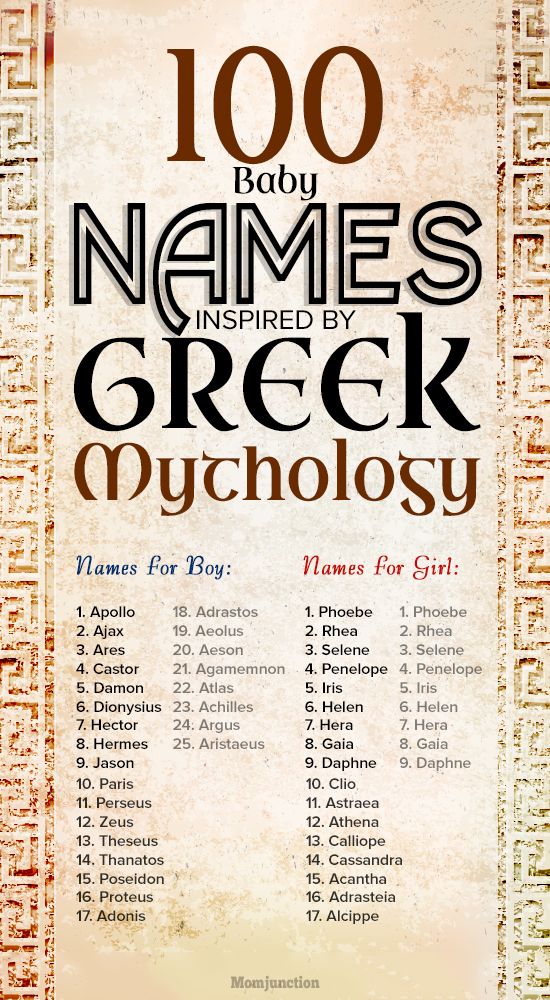 Find out more about umbilical care here.
Find out more about umbilical care here.
Myth: Babies need to poo every day
Truth: Babies may not poo for several days or even up to a week. If your baby’s poo is soft, they are not constipated, even if they have not pooed for a few days. Fully href="/breastfeeding-your-baby">breastfed babies are less likely to get constipated.
Myth: Babies who hit developmental milestones early are gifted
Truth: All babies are different and will develop at individual rates and in different ways. There is no evidence to show that early infant milestones mean a child is gifted or special.
Myth: Babies need to be in a routine from day one
Truth: It is impossible to force a newborn baby into a routine, despite books that claim to teach you how to. The sleep patterns and cycles of a young baby are different from those of an adult. Young babies only sleep for a few hours at a time and some go through a period of wanting many feeds over a short period of time.
Myth: Babies are always delightful
Truth: Babies cry a lot, vomit and poo. Being a parent can be hard, especially in the early days.
Sources:
Australian Breastfeeding Association (How many breastfeeds?), Raising Children Network (Newborns: connecting & communicating), Raising Children Network (About baby development and developmental milestones), Raising Children Network (Newborns sleep routine)Learn more here about the development and quality assurance of healthdirect content.
Last reviewed: November 2020
Back To Top
Related pages
- Common myths about giving birth
- Common myths about pregnancy
This information is for your general information and use only and is not intended to be used as medical advice and should not be used to diagnose, treat, cure or prevent any medical condition, nor should it be used for therapeutic purposes.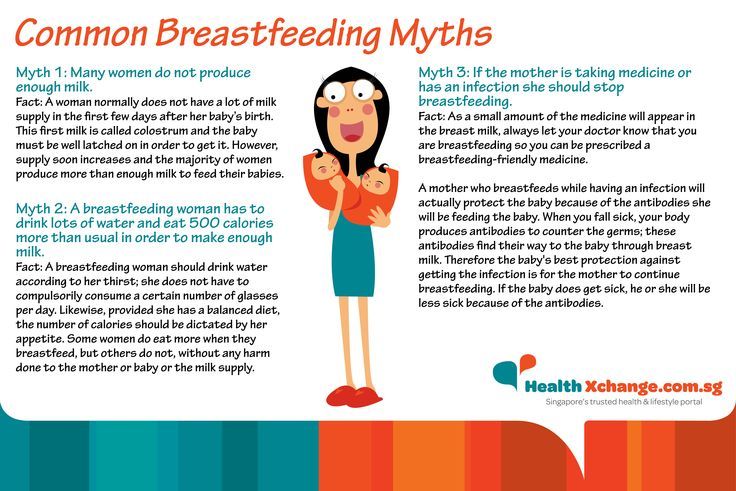
The information is not a substitute for independent professional advice and should not be used as an alternative to professional health care. If you have a particular medical problem, please consult a healthcare professional.
Except as permitted under the Copyright Act 1968, this publication or any part of it may not be reproduced, altered, adapted, stored and/or distributed in any form or by any means without the prior written permission of Healthdirect Australia.
Support this browser is being discontinued for Pregnancy, Birth and Baby
Support for this browser is being discontinued for this site
- Internet Explorer 11 and lower
We currently support Microsoft Edge, Chrome, Firefox and Safari. For more information, please visit the links below:
- Chrome by Google
- Firefox by Mozilla
- Microsoft Edge
- Safari by Apple
You are welcome to continue browsing this site with this browser. Some features, tools or interaction may not work correctly.
Some features, tools or interaction may not work correctly.
20 of the Biggest Baby Myths, Debunked
20 of the Biggest Baby Myths, Debunked Search iconA magnifying glass. It indicates, "Click to perform a search". Chevron iconIt indicates an expandable section or menu, or sometimes previous / next navigation options.HOMEPAGEHealth
Kate O'Hara,
Babygaga
2018-06-21T20:12:19Z
Save Article IconA bookmarkShare iconAn curved arrow pointing right.Download the app
People love to tell mothers how they should be raising their kids.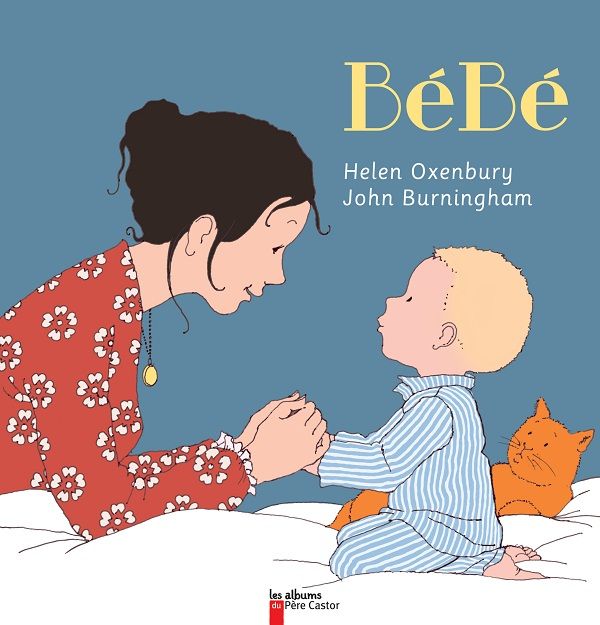 Steve Bowbrick/ Flicker
Steve Bowbrick/ Flicker - There are many myths about babies that people like to share with new parents.
- Some of them are true, like the fact that babies are born without kneecaps.
- Others are false such as people saying there is a direct correlation between teething and a fever.
Not too many things are more annoying to a mom than hearing someone tell her that she "shouldn't do that" when she's trying to raise her baby. Even worse, hearing, "that can cause such-and-such" or "the baby will have X because of Y". It's nerve-wracking enough just raising a baby, period -- So why are baby myths so popular? That's one question that we can't answer, but what we can say is which myths are true and which are surprisingly interesting.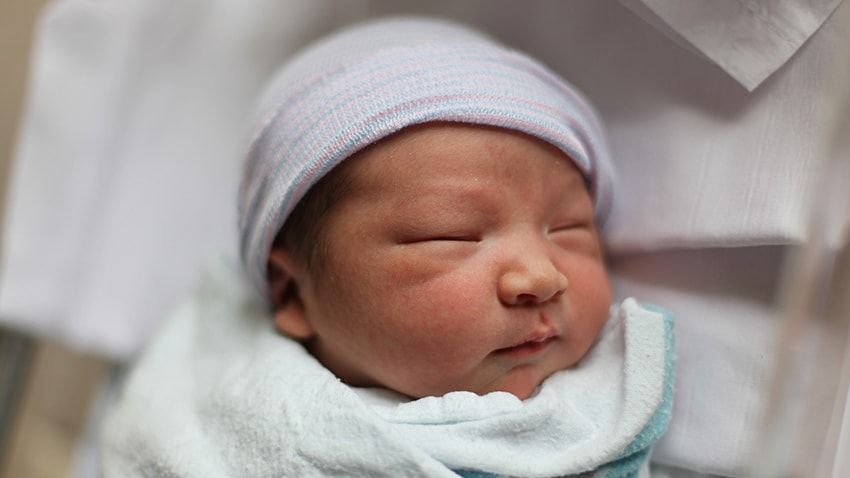 Most of the time, myths are just common beliefs that, through word of mouth, have been passed down and passed along and believed as truth. Some are old wive's tales while others, well...Let's just say we're not really sure how they became true.
Most of the time, myths are just common beliefs that, through word of mouth, have been passed down and passed along and believed as truth. Some are old wive's tales while others, well...Let's just say we're not really sure how they became true.
We've come up with some common baby blunders that many moms might believe are true, but are, in fact, not even close to being accurate. It's definitely more challenging in today's world of technology and social media to judge the truth from the legend, and occasionally even researching isn't enough. Some may have more truth to them, but overall if a mom is concerned about a particular "myth", she should talk to her doctor. Otherwise, read on and see which myths can be spotted as true or false!
1. 'Crying' is inaccurate until three weeks post-birth — True
Babies actually have a delay in their tear duct development.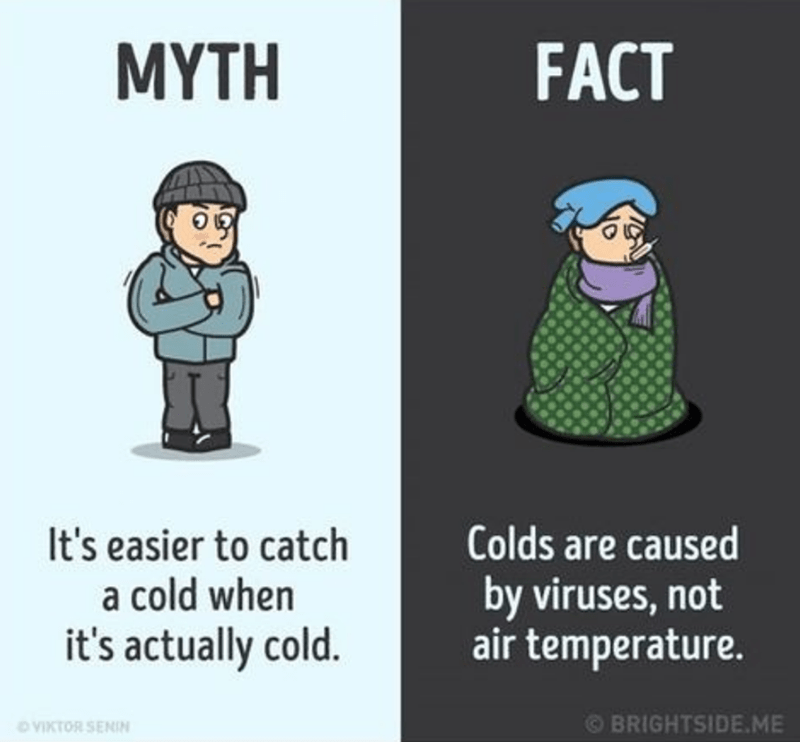 Wikimedia Commons
Wikimedia Commons This is more of a technicality rather than a myth that's true, simply because of the word "cry". It's obviously a well-known fact that babies make a lot of noise during their first week they're born, but this can't technically be called crying, because babies physically can't cry during the first three weeks of their life. The reasoning behind this is a delay in tear duct development and it's completely normal. While a baby can produce enough moisture to ensure that their eyes are well-watered and protected, they simply can't produce enough tears to physically cry until around the three-week mark.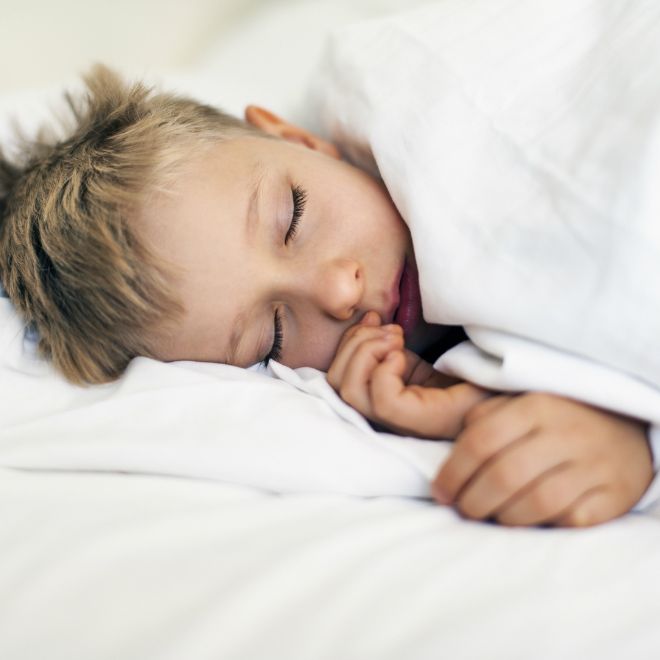 This is why instead, they'll yell and wail rather than full-on cry.
This is why instead, they'll yell and wail rather than full-on cry.
2. Toys will educate your baby — False
There is no scientific evidence linking baby toys to education. ShutterstockThere has been no scientific evidence to directly link the benefits of educational and learning toys with a baby's brain.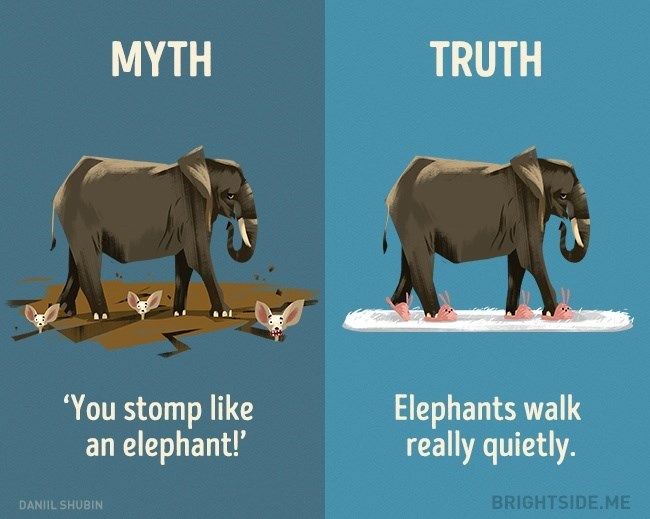 We're not saying that all toys are useless, but what we are saying is that it's much more in how your baby is playing, rather than what they're playing with. When they're in their toddler stage of learning, educational toys are helpful in reinforcing what they already know or are continuing to learn...However, as an infant, educational toys don't really have much of an effect and their learning falls more under the category of motor functions and skills. A baby's five senses are still developing, so what they're learning is actually touching, feeling, smelling, seeing, and hearing. Whether they're touching a flashy toy that lights up and sings or a plain 'ol building block with a letter on it, they're learning much of the same thing -- How it appears to them with new senses. The same goes for educational videos, which according to one pediatric organization, can actually delay language development in children under two years of age.
We're not saying that all toys are useless, but what we are saying is that it's much more in how your baby is playing, rather than what they're playing with. When they're in their toddler stage of learning, educational toys are helpful in reinforcing what they already know or are continuing to learn...However, as an infant, educational toys don't really have much of an effect and their learning falls more under the category of motor functions and skills. A baby's five senses are still developing, so what they're learning is actually touching, feeling, smelling, seeing, and hearing. Whether they're touching a flashy toy that lights up and sings or a plain 'ol building block with a letter on it, they're learning much of the same thing -- How it appears to them with new senses. The same goes for educational videos, which according to one pediatric organization, can actually delay language development in children under two years of age.
3. Not colorblind, but they do prefer monotones — True
Babies do not love the flashy toys their parents often buy them, it overwhelms them.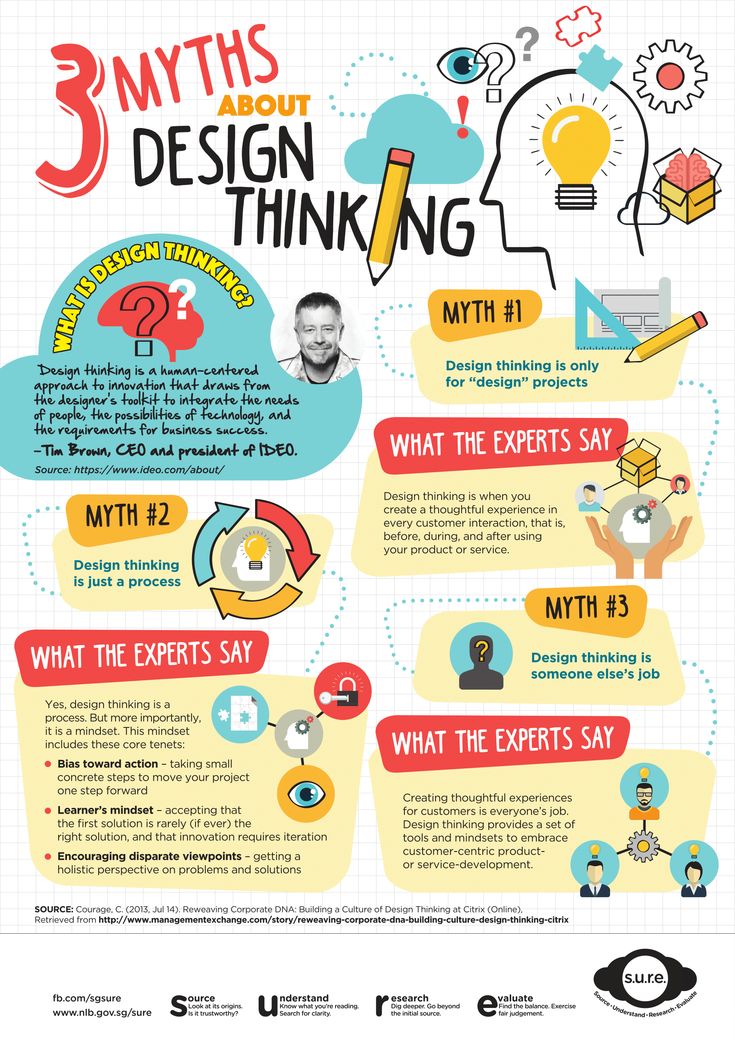 Getty Images
Getty Images Another common contradiction is when parents think that babies love bright colors and flashy toys. While these things are distracting, yes, a newborn baby is easily overwhelmed by his or her surroundings. When a child is born, in addition to only being able to see things clearly from 8-12 inches away, they also are not fans of bright colors. Seeing things in black and white helps a baby to process the information they're seeing and does less to overwhelm them in their new world. If you consider the world from their point of view, while colors are something they'll love later on, initially, the simpler scope of vision the better.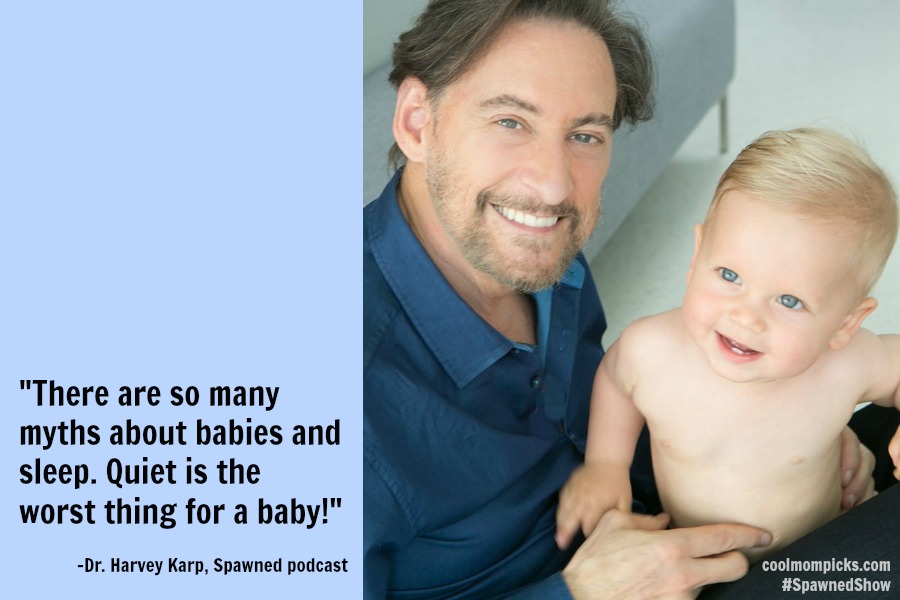
4. Sugary candy is the cause of wall-bouncing — False
Wall-bouncing can be due to other sugars as well such as fruit sugars. Flickr/Sharon MollerusWe hate to break it to you, but sugar does not cause hyperactivity in kids or babies. Rather, it's a combination of all the forces at work within the sugary treat your child is indulging in, which can include anything from candy to a banana.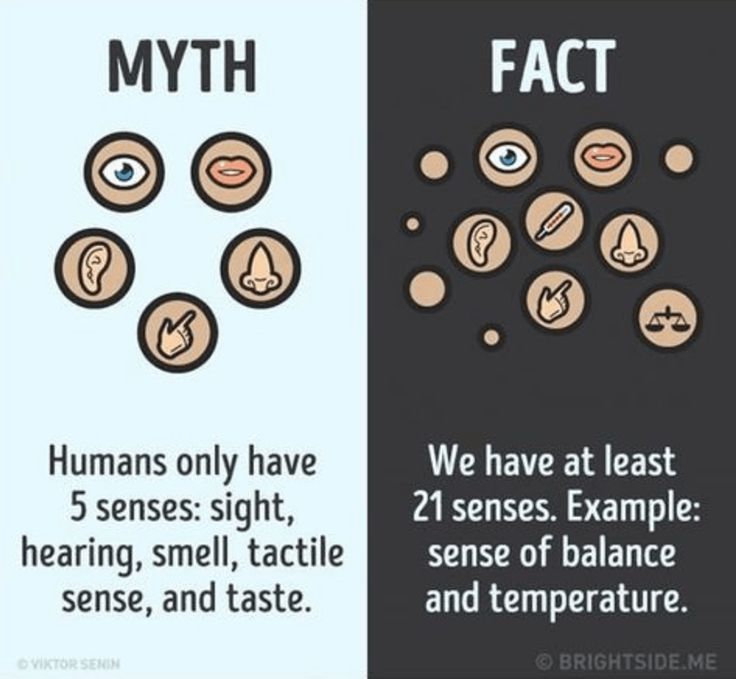 According to Alan Greene, M.D., from Palo Alto, Cali, fiber essentially acts as the sheriff between high amounts of sugar and your body. The reason for sudden, often unwarranted, bursts of energy comes from the adrenaline that's released when you increase your intake of sugars (any kind, not just the sweet kind). This is why granola, protein bars, smoothies, etc., are super healthy and helpful for people who work out or go on long hikes, but not so great for settling kids down. Fiber is the key to regulating that adrenaline since it's responsible for somewhat canceling out the effects that straight sugar has on your body -- Meaning that while tootsie rolls and fruit roll-ups may be causing you serious angst, giving them a snack with a balance of both sugar and fiber, like an apple or fiber bar, can help level out the effects.
According to Alan Greene, M.D., from Palo Alto, Cali, fiber essentially acts as the sheriff between high amounts of sugar and your body. The reason for sudden, often unwarranted, bursts of energy comes from the adrenaline that's released when you increase your intake of sugars (any kind, not just the sweet kind). This is why granola, protein bars, smoothies, etc., are super healthy and helpful for people who work out or go on long hikes, but not so great for settling kids down. Fiber is the key to regulating that adrenaline since it's responsible for somewhat canceling out the effects that straight sugar has on your body -- Meaning that while tootsie rolls and fruit roll-ups may be causing you serious angst, giving them a snack with a balance of both sugar and fiber, like an apple or fiber bar, can help level out the effects.
5. 300 bones — True
Babies have more bones than adults.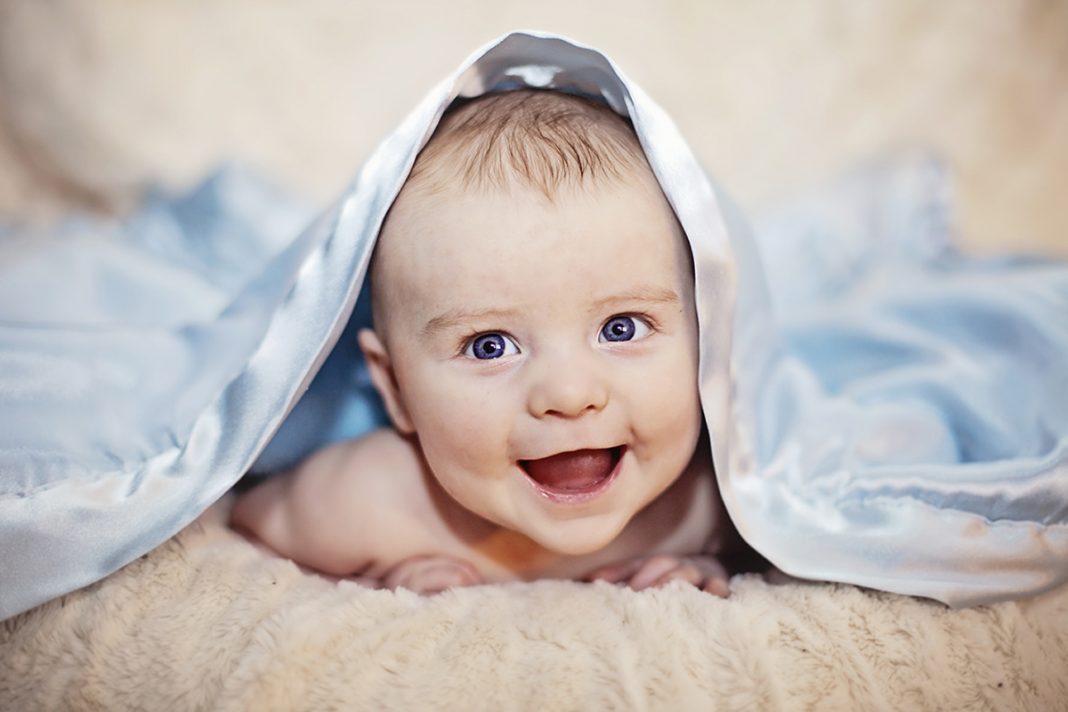 Monkey Business Images/Shutterstock
Monkey Business Images/Shutterstock You might be reading this thinking, "how in the world is it possible that babies come into this world having more bones than adults?" It's possible, and it is a fact. When a baby is first born, their bones have not yet been fully fused together. This makes complete sense when you consider the fine, squiggly lines on the skull of a human head -- Those lines are fuse marks from when the skull pieces actually come together to form a skull. Babies are born with, for lack of better words, flexible skulls. This allows them to come out and into the world with no problem, while their skull will fuse and grow together as they grow. It's also common knowledge that babies have a soft spot on their head called fontanelle, which is why regarding a baby's head is so, so important.
It's also common knowledge that babies have a soft spot on their head called fontanelle, which is why regarding a baby's head is so, so important.
7. Walkers are great for babies — False
Some studies show that baby walkers can delay their walking process. ShutterstockBaby walkers may not be as popular now as they used to be, but they certainly don't offer a child any help in the walking department.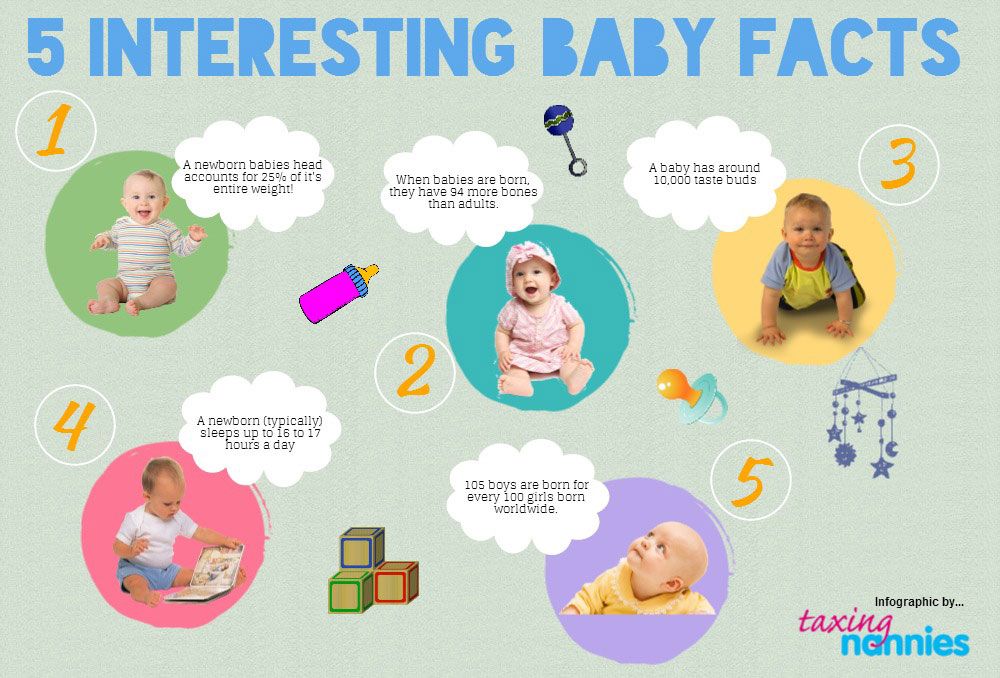 Some studies have proven that walkers can actually delay the learning process for babies, leaving them left hanging onto walkers rather than trying to walk on their own. While this varies on a case-by-case basis and is dependent on the baby as well, overall, walkers aren't the best thing to help a child learn to walk on their own. Aside from the aspect of enabling, they can also be a serious danger to kids. Walkers can move fast, much fast than a baby can on his or her own, which means that they can get your baby in some pretty sticky situation very quickly. Doctors suggest rather than purchasing a baby walker, try your child in a stationary stand-up disc where your child can strengthen his or her leg muscles, safely stationary, in preparation for the big day.
Some studies have proven that walkers can actually delay the learning process for babies, leaving them left hanging onto walkers rather than trying to walk on their own. While this varies on a case-by-case basis and is dependent on the baby as well, overall, walkers aren't the best thing to help a child learn to walk on their own. Aside from the aspect of enabling, they can also be a serious danger to kids. Walkers can move fast, much fast than a baby can on his or her own, which means that they can get your baby in some pretty sticky situation very quickly. Doctors suggest rather than purchasing a baby walker, try your child in a stationary stand-up disc where your child can strengthen his or her leg muscles, safely stationary, in preparation for the big day.
8. Don't pick up a crying baby, it will spoil them — False
There is no scientific link between holding a crying child and them becoming spoiled. Jen SFO-BCN/Flickr
Jen SFO-BCN/Flickr There's such a huge difference between spoiling your child when they're old enough to understand what it's even like to feel spoiled, and spoiling them when they're a newborn by holding and showing them affection all of the time. The great news is this: Regardless of their age, it's no one else's business how you choose to "spoil" your child or not. What we can prove is that there is absolutely no direct link whatsoever, scientific or otherwise, to prove that repeatedly picking up a crying child will eventually lead to "spoiling" them. Some people still believe this to be true, though, and follow the tough love route of newborn care.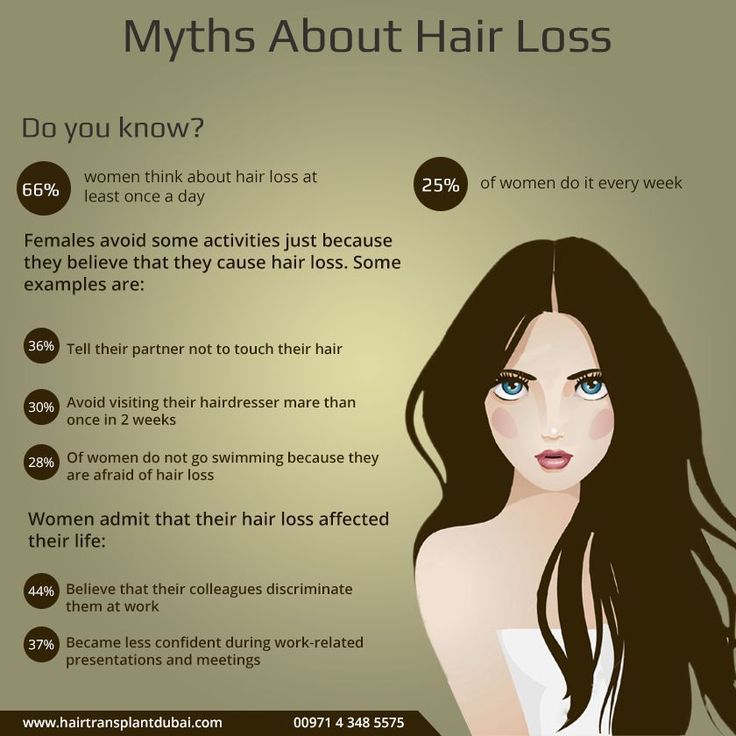 The first six months or so of a baby's life are crucial as far as building trust goes. When they cry, it's their way of knowing that you'll be there for them, thus slowly establishing the mother-baby bond and adding constant reassurance that when something is wrong, you'll be there. Avoiding their crying could potentially have worse effects later on down the line than a child becoming "spoiled".
The first six months or so of a baby's life are crucial as far as building trust goes. When they cry, it's their way of knowing that you'll be there for them, thus slowly establishing the mother-baby bond and adding constant reassurance that when something is wrong, you'll be there. Avoiding their crying could potentially have worse effects later on down the line than a child becoming "spoiled".
9. A newborn is top heavy — True
A baby's head is the heaviest part of their body when they are first born. REUTERS/Athit Perawongmetha/File PhotoNow for the fun stuff! You haven't been lied to, every baby is completely out of proportion.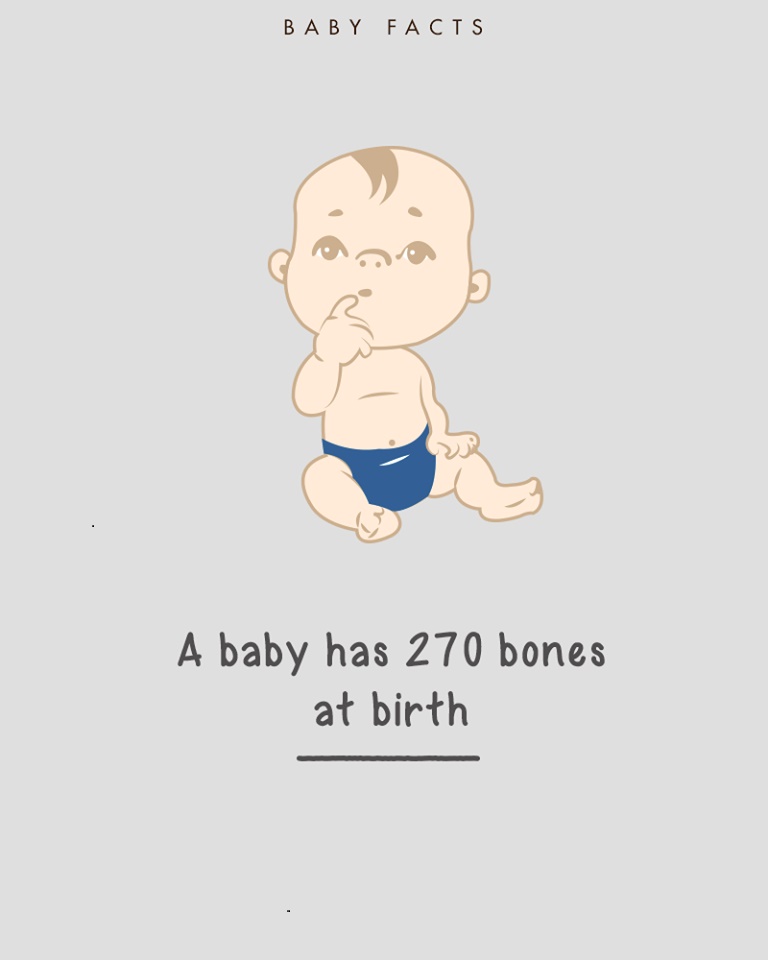 A baby's head is their heaviest body part when he or she is first born and it takes some time for the rest of their body to catch up. This might not be a shocker considering every parent knows how important it is for their baby to have head support. It's also a special day when a baby can finally hold their head up on their own because it is so heavy (to them, at least). If you consider how much of baby's brain actually needs to grow throughout pregnancy, it comes as no surprise that their head takes up 25% of their total body weight.
A baby's head is their heaviest body part when he or she is first born and it takes some time for the rest of their body to catch up. This might not be a shocker considering every parent knows how important it is for their baby to have head support. It's also a special day when a baby can finally hold their head up on their own because it is so heavy (to them, at least). If you consider how much of baby's brain actually needs to grow throughout pregnancy, it comes as no surprise that their head takes up 25% of their total body weight.
10. Baby's length is indicative of height as adult — False
It makes more sense to predict a baby's potential height by looking at their parents' heights. Thomson ReutersSome parents might read this list and roll their eyes if some of these myths seem to be obviously false, such as this one.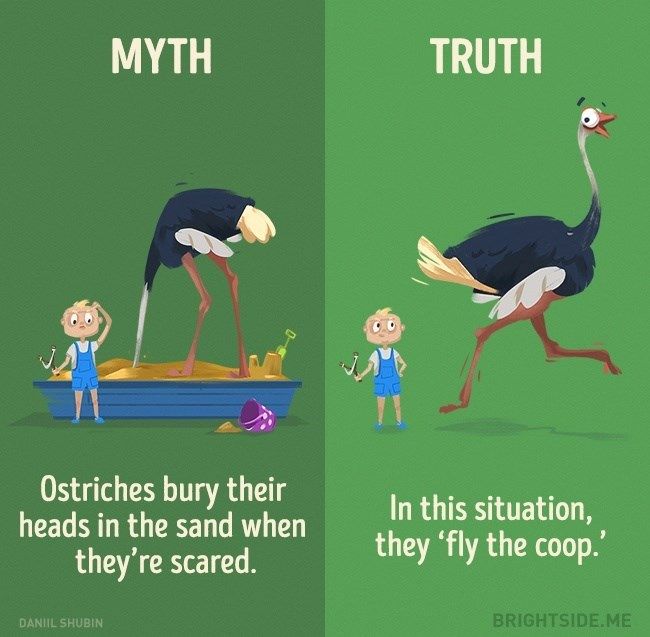 Believe it or not, there are still some believe who believe that the height and size of a baby at birth is completely indicative of their height and size as an adult.Unfortunately, guessing how much or little a child will grow isn't as simple as looking at a dog's puppy paw and guessing at their full-grown size later on. Aside from the most obvious reason debunking this myth being that babies grow according to genetics, it's just not possible to know how your child will grow and progress throughout their lifetime because factors throughout a mother's pregnancy can be cause for sizing at birth as well. Determining a baby's absolute height is more of a guessing game than it is a certainty and the best way to do that is by taking into account the average height of their parents.
Believe it or not, there are still some believe who believe that the height and size of a baby at birth is completely indicative of their height and size as an adult.Unfortunately, guessing how much or little a child will grow isn't as simple as looking at a dog's puppy paw and guessing at their full-grown size later on. Aside from the most obvious reason debunking this myth being that babies grow according to genetics, it's just not possible to know how your child will grow and progress throughout their lifetime because factors throughout a mother's pregnancy can be cause for sizing at birth as well. Determining a baby's absolute height is more of a guessing game than it is a certainty and the best way to do that is by taking into account the average height of their parents.
11. Holding books too close will hurt their eyes — False
Holding a book close may cause eye strain but nothing long-lasting. Sean Gallup/Getty
Sean Gallup/Getty Yet another very old-age myth, the saying goes that if your baby holds something too close to their eyes, it might cause damage later on. Holding a book or any other object up super close to their face won't cause permanent damage. We're all pretty familiar with what it feels like to have something directly in front of your face when your eyes struggle to focus; it causes some eye strain and pain, but nothing long-lasting. A baby who constantly holds something so close to his or her face may be indicative of another problem: Permanent nearsightedness. This isn't a definitive indicator as your child may just be holding things close for their own sense of exploration, but if it happens very frequently, it can't hurt to make an appointment with your pediatrician just to make sure your baby's eyesight is 100%.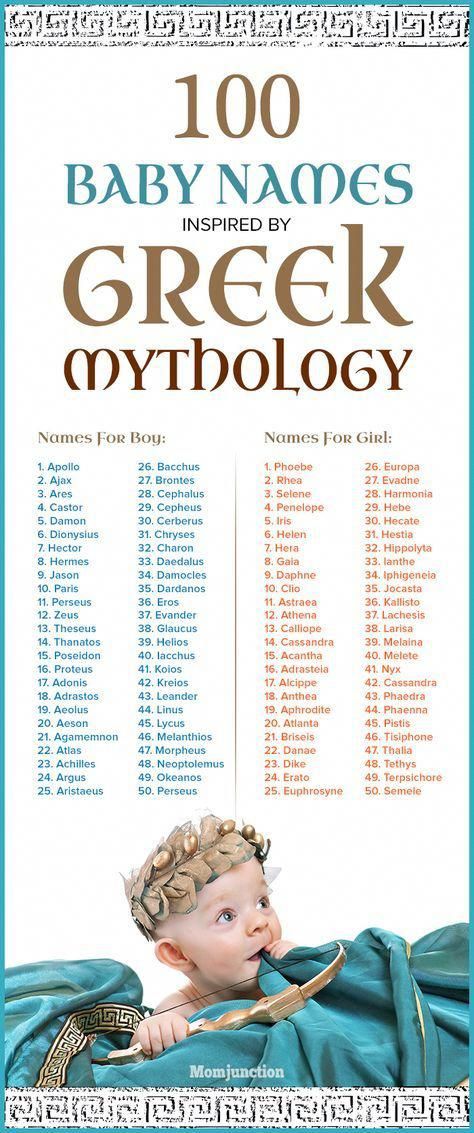
12. Boys tend to be heavier — True
Boy babies tend to be heavier but only by a few ounces. michaeljung/ ShutterstockWe're not sure why this is a fact, it's just the way the world works. Newborn baby boys have gone on record as being, on average, often heavier than baby girls. Of course, this isn't always a fact when you take into consideration preemie babies and boys who might pop out a tad smaller than their older sister, but more often than not it is the case. We're only talking a few ounces but anyone who has had a child knows there's a difference; on average baby boys come out weight somewhere around 7lbs. 10 oz., while baby girls usually weight around 7lbs., 2 oz.
We're only talking a few ounces but anyone who has had a child knows there's a difference; on average baby boys come out weight somewhere around 7lbs. 10 oz., while baby girls usually weight around 7lbs., 2 oz.
13. Allergies are all genetic — False
Just because a parent is allergic to something doesn't mean their child will be. Donnie Ray Jones/FlickrJust because you're allergic to tomatoes doesn't mean that your child will absolutely become allergic to the delicious summer veg. Genetics is not one thing that determines allergies and while they can play a part in it, are not the lead as far as who gets what. Genetics may determine what to be wary of (bee allergies, serious food allergies, etc.), but don't necessarily mean that your child's body will follow the same rules that yours does. Allergies are not something that is passed down and your child may even be allergic to things that are the complete opposite of yours. If you are concerned, the best way is to have your doctor give your child an allergy test and avoid all foods you might be concerned with until then. However, you can't fear your child's potential allergies based on your past performance with them...Phew!
Genetics is not one thing that determines allergies and while they can play a part in it, are not the lead as far as who gets what. Genetics may determine what to be wary of (bee allergies, serious food allergies, etc.), but don't necessarily mean that your child's body will follow the same rules that yours does. Allergies are not something that is passed down and your child may even be allergic to things that are the complete opposite of yours. If you are concerned, the best way is to have your doctor give your child an allergy test and avoid all foods you might be concerned with until then. However, you can't fear your child's potential allergies based on your past performance with them...Phew!
14. Their hearing is impeccable — True
Babies have fluid in their ears after birth but can still hear 100%.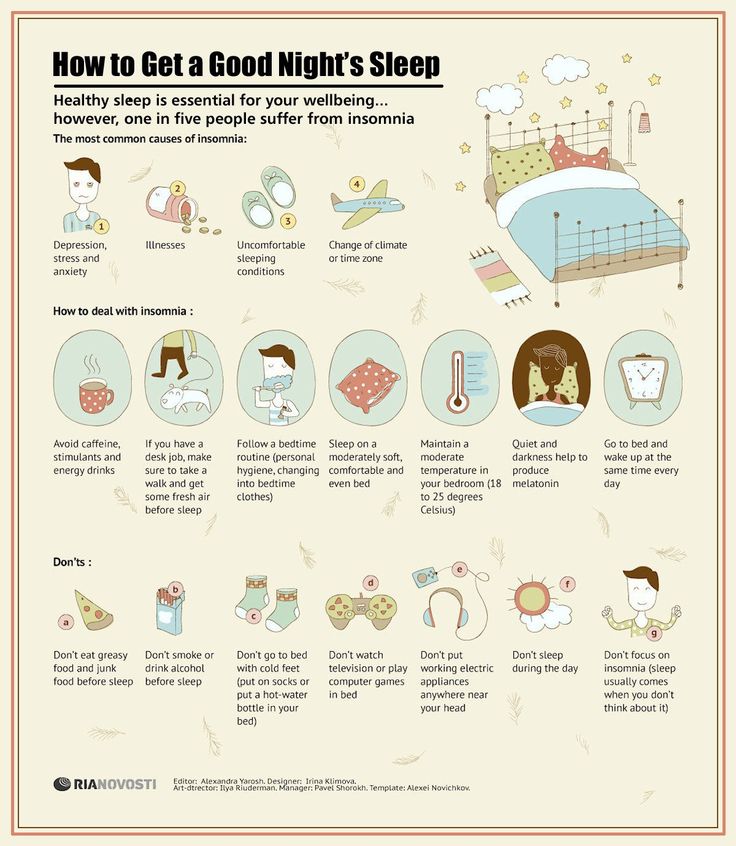 Chris Jackson - WPA Pool/Getty Images
Chris Jackson - WPA Pool/Getty Images The hearing is one of the five senses that starts directly in the womb. What's amazing is that babies can instantly recognize their mother's voice and some studies have shown that newborns, immediately after being born, know exactly who she is. It's truly beautiful and one of the things that bonds and mother to her child. While a newborn still has fluid in his or her ear at the time of birth, their hearing is still 100% -- The reason it takes them some time to discern what, or who, they hear, is because they're slowly learning to take in all these new sounds and voices.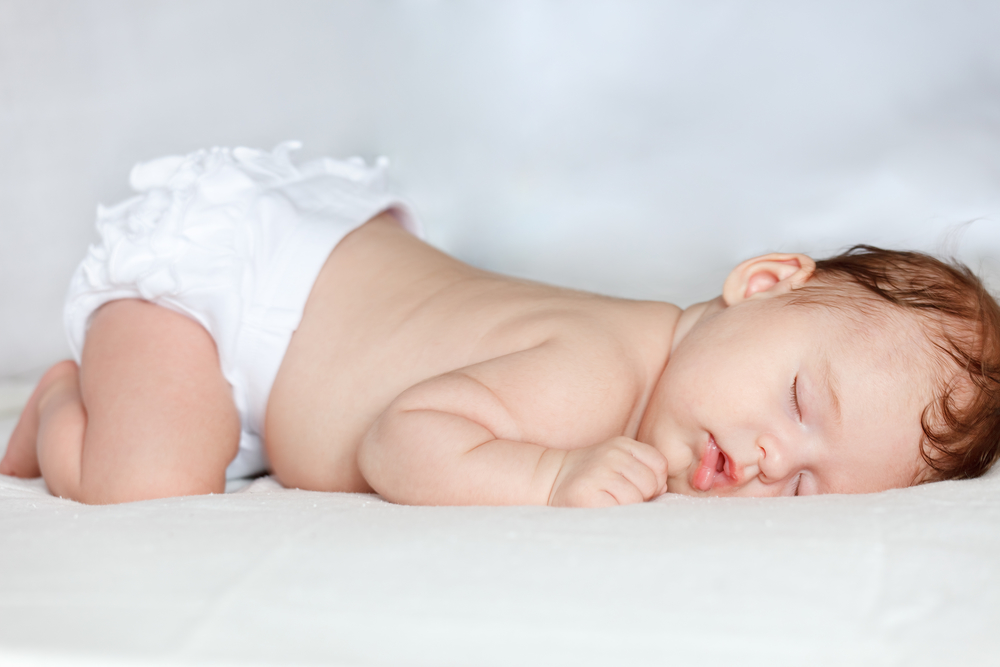
15. More tastebuds, fewer food options — True
Babies are born with about 10,000 taste buds. goodluz/ShutterstockIn addition to things that babies are born with and without are taste buds. You would think they're born with less since they can't eat solid foods or drink anything other than milk, but it's quite the opposite. As backward as it is, babies are born with about 10,000 taste buds. Of course, these don't remain in place as babies grow, but rather they disappear and are reduced to one-third of what they're actually born with. These taste buds appear all over their mouth while they're still in the womb, including on the roof, back, and sides of their mouth. It's hard to believe that your baby was tasting things better than you, but it's true.
Of course, these don't remain in place as babies grow, but rather they disappear and are reduced to one-third of what they're actually born with. These taste buds appear all over their mouth while they're still in the womb, including on the roof, back, and sides of their mouth. It's hard to believe that your baby was tasting things better than you, but it's true.
16. There is no avoiding the 'terrible twos' — False
At age two, self-discovery is at an all-time high. Flickr/Emran KassimThis isn't to say that the "terrible twos" aren't terrible at all.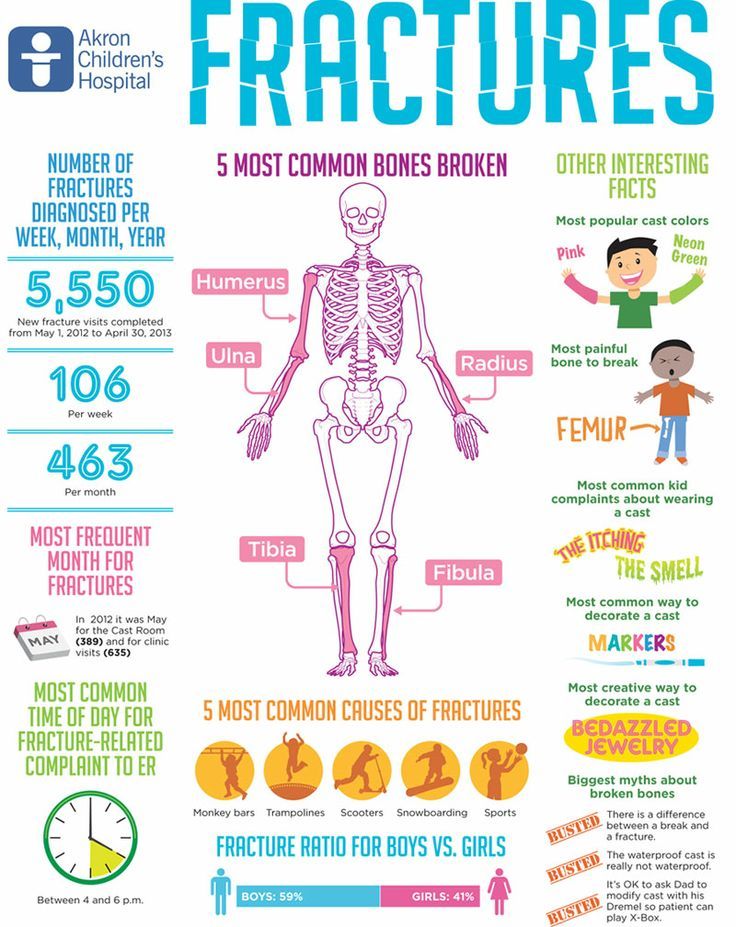 ..Because they definitely stink. The myth that we're debunking is the part where the "terrible twos" HAVE to be terrible and there's just nothing that you can do about them. When a child turns two, they're at a unique age where their self-discovery is at an all-time high outside of the eventual teen stage. According to Susan Anderson Swedo, M.D., two marks the age where children really begin to feel out their independence...Hence the outbursts, rage, and rebellion. Her advice is to thoroughly prepare both yourself and your child for these upcoming years to make it a little bit easier and less stressful for both of you. By limiting options for a child and creating clear-cut decisions for them, such as only deciding between two things for dinner or to wear for the day, you can cut down on fits and tantrums. It's also useful, Swedo says, to enlist the help of your partner and switch off between toddler duties so that you don't need to expose your child to a situation where rebellion is imminent (i.
..Because they definitely stink. The myth that we're debunking is the part where the "terrible twos" HAVE to be terrible and there's just nothing that you can do about them. When a child turns two, they're at a unique age where their self-discovery is at an all-time high outside of the eventual teen stage. According to Susan Anderson Swedo, M.D., two marks the age where children really begin to feel out their independence...Hence the outbursts, rage, and rebellion. Her advice is to thoroughly prepare both yourself and your child for these upcoming years to make it a little bit easier and less stressful for both of you. By limiting options for a child and creating clear-cut decisions for them, such as only deciding between two things for dinner or to wear for the day, you can cut down on fits and tantrums. It's also useful, Swedo says, to enlist the help of your partner and switch off between toddler duties so that you don't need to expose your child to a situation where rebellion is imminent (i.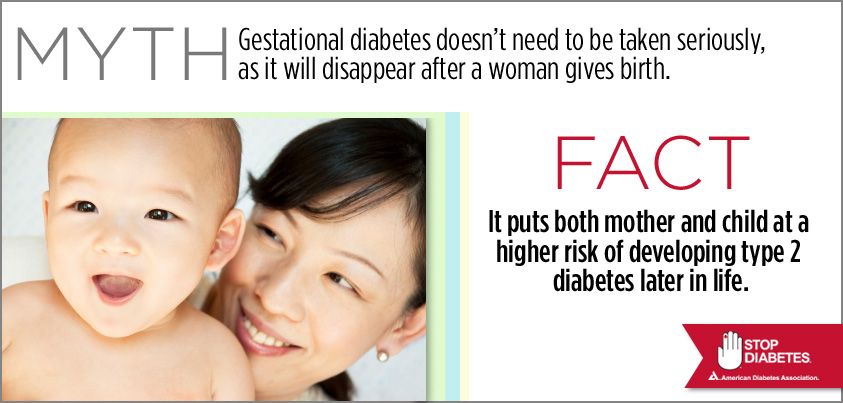 e. food shopping). It's not impossible but it's definitely difficult, but being prepared and knowing what's coming might help make the "terrible twos" a bit more bearable -- Keep in mind your child is growing and testing their limits.
e. food shopping). It's not impossible but it's definitely difficult, but being prepared and knowing what's coming might help make the "terrible twos" a bit more bearable -- Keep in mind your child is growing and testing their limits.
17. No kneecaps at birth — True
Babies will develop their kneecaps over time. Thomson ReutersIt's somewhat hilarious and kind of strange to think of a human being without kneecaps. It's true though, kneecaps are one thing that babies aren't born with and something they develop over time. Rather than have a full kneecap, babies have squishy cartilage that serves the purpose of a kneecap without actually being one. So while it's not scientifically accurate to say they "don't" have kneecaps, it's accurate enough to say that they don't have kneecaps like adults or toddlers do. An infant's kneecaps don't actually mature until at least six months of age, which is why they can be seen crawling on their arms initially, rather than their legs and knees.
It's true though, kneecaps are one thing that babies aren't born with and something they develop over time. Rather than have a full kneecap, babies have squishy cartilage that serves the purpose of a kneecap without actually being one. So while it's not scientifically accurate to say they "don't" have kneecaps, it's accurate enough to say that they don't have kneecaps like adults or toddlers do. An infant's kneecaps don't actually mature until at least six months of age, which is why they can be seen crawling on their arms initially, rather than their legs and knees.
18. Almost all babies have birth marks — True
Around 80% of babies have a birthmark. ShutterstockAccording to momjunction. com, birthmarks are common with around 80% of all newborn babies. While they vary greatly from baby to baby, if your child has one it's completely normal and even the standard for newborns. The reasoning for this is because of what happens while a child is working their way out of their mother's womb. During the process, tiny blood vessels are dilated and can later cause visible birthmarks. These, along with dome birthmarks, may disappear over time. Birthmarks are not something to panic over in newborns and are instead just a remainder of their trip into this world. However, it's always best to see your doctor if you find something that does concern you.
com, birthmarks are common with around 80% of all newborn babies. While they vary greatly from baby to baby, if your child has one it's completely normal and even the standard for newborns. The reasoning for this is because of what happens while a child is working their way out of their mother's womb. During the process, tiny blood vessels are dilated and can later cause visible birthmarks. These, along with dome birthmarks, may disappear over time. Birthmarks are not something to panic over in newborns and are instead just a remainder of their trip into this world. However, it's always best to see your doctor if you find something that does concern you.
19. Crib bumpers keep the baby from bumping their head — False
It is actually recommended you remove crib bumpers due to risk of suffocation.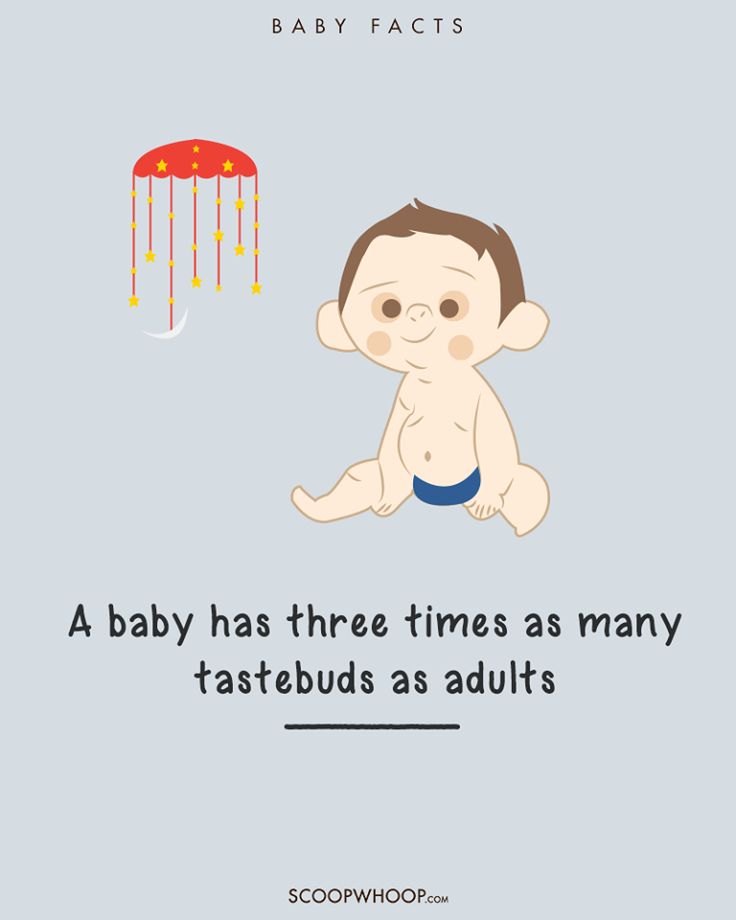 Shutterstock
Shutterstock Just like walkers, we're not really sure how popular crib bumpers are nowadays either. The thought process is that it will protect your child's head from bouncing off crib bars if they happen to peel it back at some point. While this is a legitimate concern, Dr. Sarah Denny, out of the Nationwide Children's Hospital in Columbus, Ohio, says that babies really don't generate the force it would take to injure their heads in the way that many people think. More so, these crib bumpers have been proven to be even more of a dangerous risk to infants. The AAP does not recommend them and has actually encouraged their removal due to the risk of SIDS by suffocation.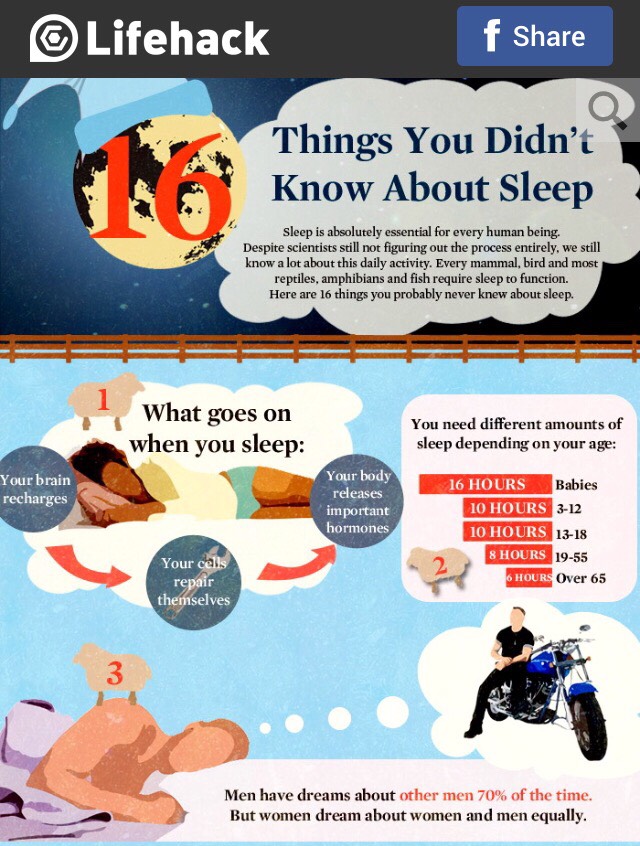
20. Two hearts can beat as one — True
A mother's heartbeat and their child's can be matched if they look into each other's eyes. ShutterstockThis is one myth that we're happy to prove right. It's not just a rumor that a mother and child are connected on a level much deeper than just blood relation, those bonds go as far as matching heartbeats. According to Israeli University, a mother's heartbeat and their child's can be matched within only seconds of looking into each other's eyes. This is fascinating because a newborn's heart rate at birth is about 180 BPM and will eventually drop to 115 by the time they're a year old. The fact that a child recognizes his or her mother and has a bond so strong with her that even their heart rate can replicate their moms' is truly a thing of beauty.
According to Israeli University, a mother's heartbeat and their child's can be matched within only seconds of looking into each other's eyes. This is fascinating because a newborn's heart rate at birth is about 180 BPM and will eventually drop to 115 by the time they're a year old. The fact that a child recognizes his or her mother and has a bond so strong with her that even their heart rate can replicate their moms' is truly a thing of beauty.
Sign up here to get INSIDER's favorite stories straight to your inbox.
Read the original article on Babygaga. Copyright 2018. Follow Babygaga on Twitter.Read next
LoadingSomething is loading.
Thanks for signing up!
Access your favorite topics in a personalized feed while you're on the go.
Health Contributor Contribtutor BabygagaMore...
7 stereotypes about young children faced by young parents
This text was written in the S-Z Community. Carefully edited and formatted according to editorial standards.
Sergey Antonov
young father
Author profile
When I had a son, I knew about parenthood mainly from Hollywood feature films.
There were various beautiful pictures in my head, like this: a father or mother is rocking a baby in a crib, a mobile with toys is spinning over his head, and the child himself is cooing cutely. nine0003
Reality kicked hard in the stomach. This is not a euphemism: the baby is light, but strong and can punch so that the bruise will go away for a week. It turned out that the child is, of course, nice, but he obviously did not watch American melodramas. So, here are the stereotypes that my descendant destroyed.
Myth No. 1
Little kids love rattlesThe rattle was the last thing my boyfriend paid attention to as he grew up. It was much more exciting for him to rustle with a plastic bag, beat the wall with a spoon, tear off the baseboard. The list can go on, but there are no rattles in it. Developing rug, by the way, too. This thing, in my opinion, is generally invented by people who have never seen children. nine0003
By the way, in the process of sorting through various items, I found out that a child can be lured into a book for a while, but better than one that is not a pity.
“For them, play is work”: why a child does not need to buy a lot of toys
Myth No. 2
The child usually sleeps in a cribMom said that this is how things happen with her friend's son. However, he is married to a fashion model, works as a programmer at Google and does not leave the house in uncleaned shoes, so I can also believe in his story with the crib. nine0003
But most of my acquaintances had a child sleeping with their parents for up to a year at best. First, because it is closer to crawl to the mother-milk pipeline, then - simply because.
Myth No. 3
A good toy is one that is expensive and beautiful A really good toy is one that can withstand a fall from the ninth floor, does not dissolve in acid, and is resistant to extreme temperature changes. Any protruding elements are dangerous, but not for a child, but for a toy, because they will be broken off. However, everything that can be broken will be broken off.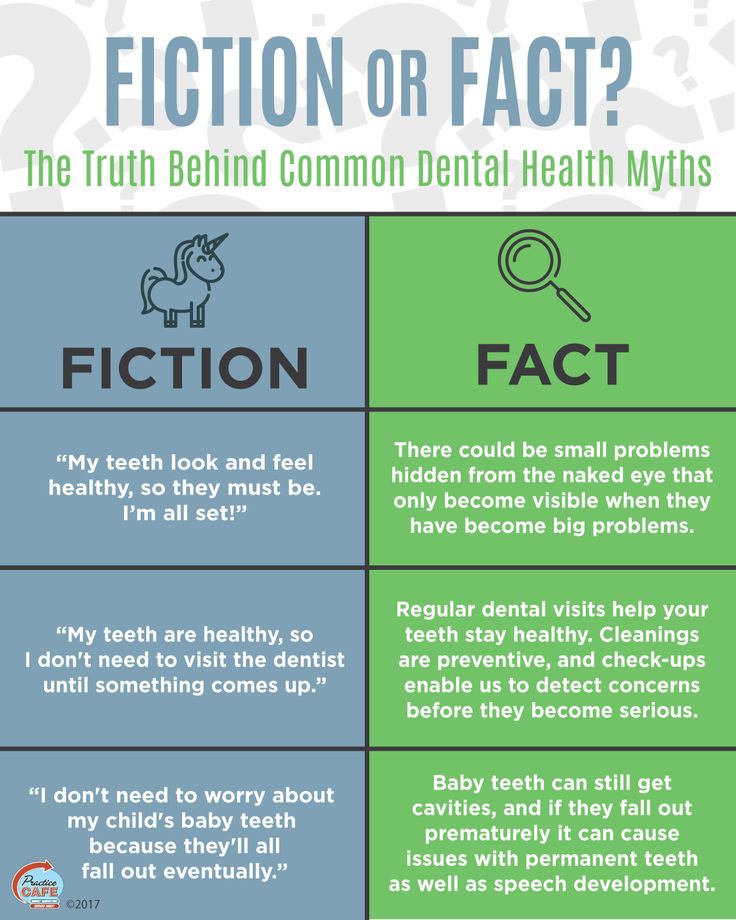 nine0003
nine0003
For example, the best railway is wooden. This is also not a euphemism: this is sold in Ikea, it is called Lillabu. It can also be broken, but it will take a lot of time, the kid will have time to play enough. And the best models of cars are the Chinese Autotime series from Magnit. You can hit them with a hammer and nothing will happen. Checked.
/hate/toy-shlack/
It pisses me off that toy store shelves are filled with outright trash
Myth No. 4
Little children fall asleep to a lullaby nine0019My son has half destroyed this myth. He falls asleep not only to a lullaby, but also to the song "Civil Defense" "Everything is going according to plan", "Breath" of "Nautilus", "No need to bend under the changing world", "Time Machine" and other hits of Russian rock. The headliner of our festival is the Chaif group with the legendary composition "From the War".
Sometimes songs don't work, you have to read poetry. The authors and texts are the same as above.
The authors and texts are the same as above.
Myth No. 5
Houses should be sterile, otherwise germs nine0019I don't know how many people the cleaning team of the doctor who came up with this rule consists of, but as for me, the concepts of "child" and "sterile clean" are incompatible. A person between the ages of zero and two years - farther has not yet been verified - continuously produces crumbs, fragments of toys, easily detached parts of the interior and decoration, and other garbage. To calm your conscience, you can clean the apartment twice a day, but this will not help.
My way out is acceptance and slippers. The latter help to avoid injuring the foot with sharp objects. nine0003
Myth No. 6
The child is a fragile body I was really worried only when he fell for the first time. A little more - in the second. Then the wife said: "If it were dangerous, humanity would die out as a species." And I almost stopped worrying. It turned out that a growing organism is able to produce and survive bruises, scratches and bumps at a tremendous rate.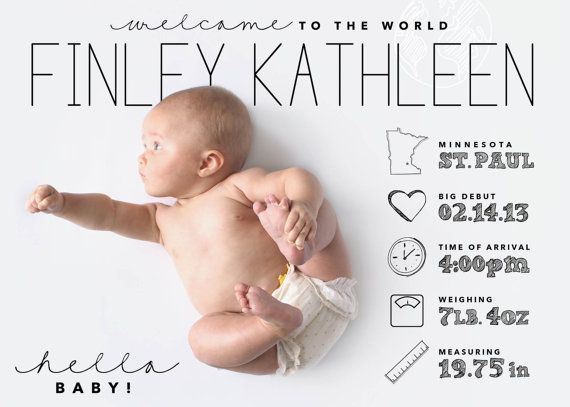 The exercise "fell → cried → regretted → ran on" is performed in less than a minute.
The exercise "fell → cried → regretted → ran on" is performed in less than a minute.
By the way, it turns out that children are not only strong, they are also strong. Have you ever been kicked by a two-year-old child? If you beat me, you understand what I'm talking about. If not, try to approach the horse from behind and startle it. Here is the same thing. nine0003
/guide/safety-kids/
How to make your apartment safe for children
Myth No. 7
It is necessary to thoroughly wash the fruits and vegetables that the child will eatIt is necessary, but in fact it is useless. Washing an apple falling on the floor gets boring after the third time: in the sense the same apple falls several times. Plus, you never know if the food that the guy is currently eating has already fallen.
My son, like a good Giant Schnauzer, has a lot of niggles: he puts half of the biscuits in his mouth, and the other one in the reserve under the sofa or in the dirty laundry basket. Sometimes he remembers them, sometimes not. Such a son is a joy for parents: you wash the floors, move the sofa away, and there is oops, a piece of banana covered with a noble white mold. Life should be full of surprises. nine0003
Sometimes he remembers them, sometimes not. Such a son is a joy for parents: you wash the floors, move the sofa away, and there is oops, a piece of banana covered with a noble white mold. Life should be full of surprises. nine0003
7 myths about child development that many parents believe
Depositphotos / Illustration: Yulia Zamzhitskaya
All parents care about the health and development of their child in different ways. It is not surprising that a lot of conjectures and legends are associated with this topic. Let's figure out which myths about child development should not be believed and what science and evidence-based medicine say about this.
Myth #1: Crying before bed is bad for child development
Many people are convinced that the baby needs to be calmed every time he cries before going to bed. Otherwise, the child will turn into an emotional invalid.
True:
Psychologists tell in what cases it is necessary to respond to the crying of a son or daughter:
- age up to six months;
- illness of a child;
- the child has experienced emotional or physical abuse;
- one of the parents believes that the child needs to be constantly reassured, while the other does not agree with him.
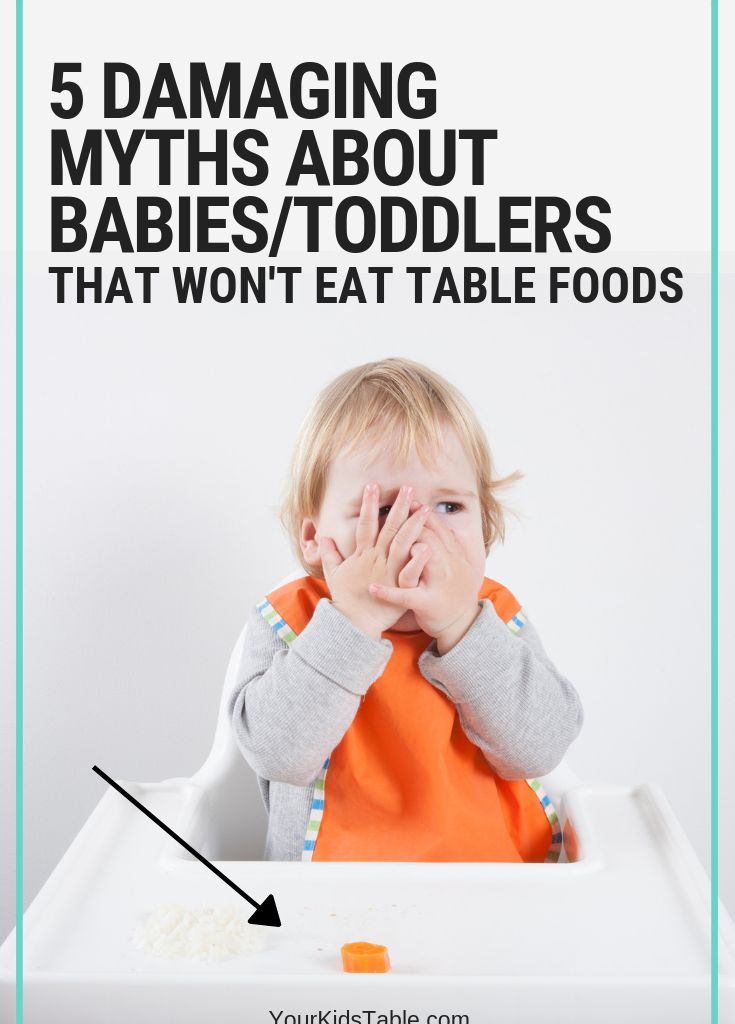 In this case, it is better to stick to the general strategy, otherwise the baby will simply get confused and will not understand what they want from him. nine0106
In this case, it is better to stick to the general strategy, otherwise the baby will simply get confused and will not understand what they want from him. nine0106
In most other cases, crying does not indicate that the child is experiencing any difficulties. Sometimes he's just bored. And then mom and dad have every right to a well-deserved rest.
Teachers' Council - a community for those who teach and study . Professionals grow with us.
Do you want to keep up with the world and trends, be the first to learn about new approaches, methods, learn how to apply them in practice, or even undergo retraining and master a new specialty? Everything is possible in our Training Center. nine0003
There are already more than 40 online retraining and additional education courses on our platform.
See
A five-year study in Australia found that children who were taught to fall asleep on their own did not differ in any way from their peers whose parents comforted them before bed.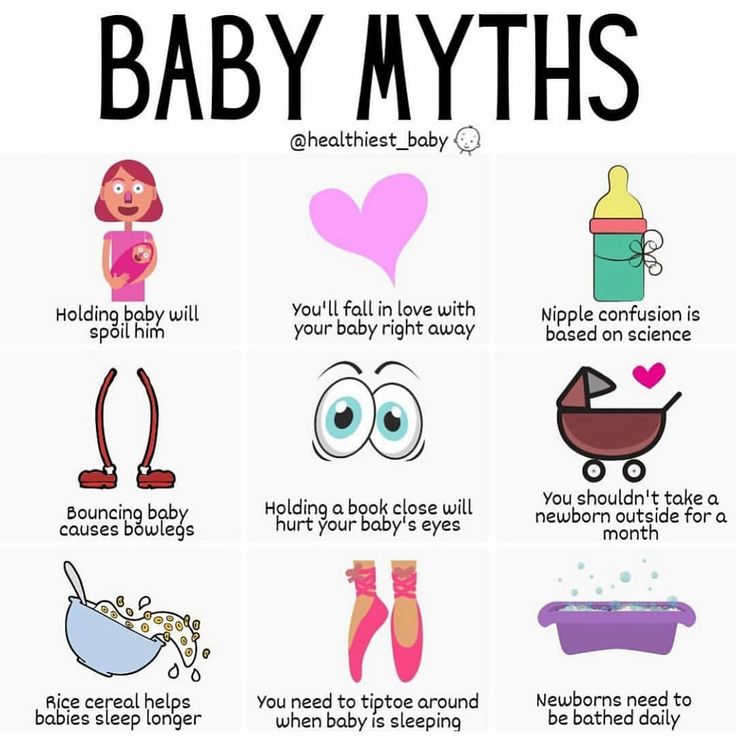 According to the results of the experiment, the two groups of children who took part in it turned out to be identical in their physical, emotional and mental state.
According to the results of the experiment, the two groups of children who took part in it turned out to be identical in their physical, emotional and mental state.
Myth #2: Sugar makes children hyperactive
Some parents believe that their children are "thrashing" because they eat too much candy and other sweets.
True
Science does not confirm this: the amount of sugar eaten does not affect the behavior and mental abilities of children.
So, in 2017, a study was published for which scientists observed the behavior of 300 children aged eight to 12 years. 81 percent of them regularly exceeded their daily intake of sugar. However, no relationship between the amount of sweets and behavioral features could be found. nine0003
Hyperactivity is seen where it is not, for the following reasons:
- The belief that glucose causes hyperexcitability leads to finding confirmation of this in the behavior of the child.
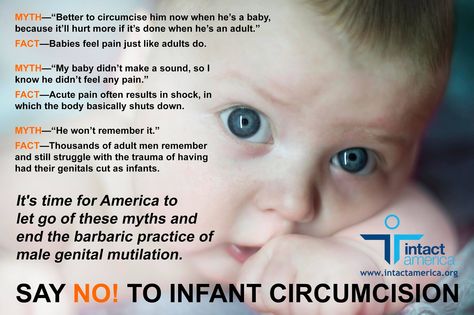
- The myth of the "sugar rush" is replicated in movies, cartoons and the media.
- Sweets are often given to children during the holidays, where it is customary to have fun and make noise.
Myth #3: If an adult “babbles” when communicating with an infant, it will be more difficult for him to speak
Today, the babbling of adults with a child is often regarded as a relic of the past.
True
A study by the University of California showed that the "smart" use of babble helps to speed up and facilitate the learning of one's native language. To do this, parents and educators need to imitate and correct the pronunciation of children, supplementing the sounds and syllables that the baby pronounces to whole words and phrases. For example, "pa" - "dad".
Myth No. 4: Walkers help the baby to walk earlier
Most mothers are divided into two camps. Some believe that thanks to the walker, the child will begin to walk much faster.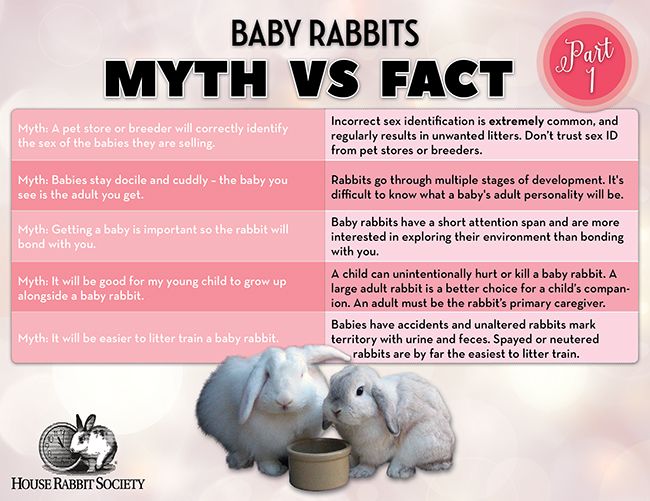 Others are sure that he should learn to walk naturally.
Others are sure that he should learn to walk naturally.
Pravda
First of all, walkers help parents — it is an opportunity to take a break from the constant care of the baby. Thanks to this adaptation, the child can continue to discover the world and at the same time remain safe.
But the use of walkers also has negative consequences:
- The child loses the incentive to learn to walk independently.
- The functions of the cerebellum, which coordinates movements, are formed incorrectly. After the child begins to walk, he falls in all directions and falls.
- Toddler loses sense of caution. He does not develop the instinct of self-preservation.
If parents still use a walker, it is important to provide the child with other opportunities to move: do gymnastics with him and let him crawl. A massage won't hurt either. nine0181
Myth No. 5: Only children are selfish, spoiled and socially inept
There is an opinion that only children grow up to be demanding commanders, while those who have brothers and sisters are much less selfish.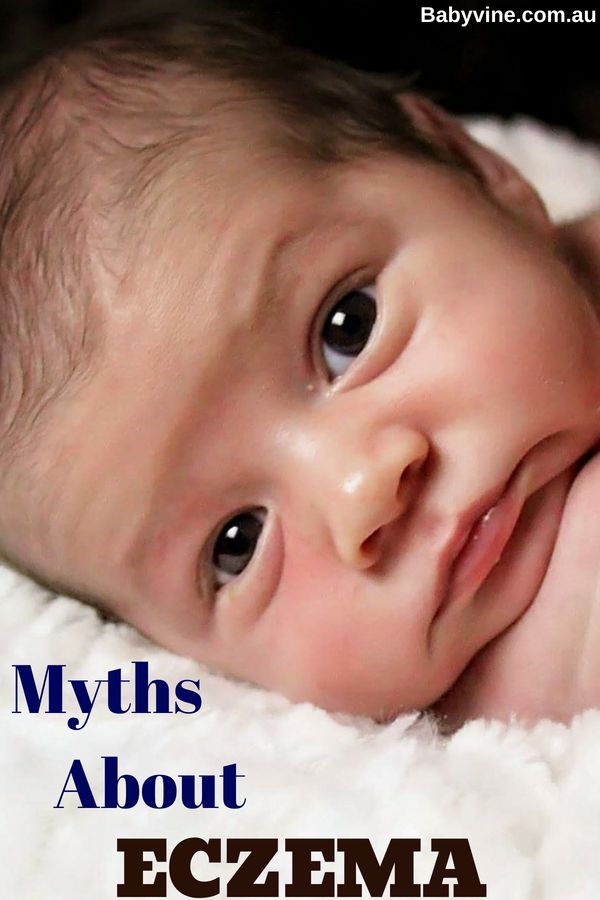
True
According to decades of research by social psychologist Dr. Susan Newman, a child's character and personality traits depend not on the number of siblings, but on upbringing. Children become spoiled when moms and dads do not set boundaries and satisfy every whim. Yes, and egoists grow up well even in large families. nine0003
Myth #6: Imaginary friends are a sign of social and emotional problems.
This myth even has scientific justification: in the middle of the 20th century, psychologists argued that the presence of fictitious friends in children over four years of age indicates developmental disorders.
True
Modern psychologists (for example, Jessica Keller) note that children usually do not consider their fictional friends to be real and often even talk about this to adults. For them, communicating with book characters, historical figures, or completely fictional characters is just a game. nine0003
Stephanie Carlson's research has shown that children satisfy several needs through imaginary characters.
- The need for relationships. Communication with an invented comrade is no less close than with real friends.
- The need to be competent. Children become leaders, as if teaching their less knowledgeable friend.
- The need to be independent. Imaginary characters come to the rescue when a child wants to take control of a real situation. nine0106
Research has also shown that children who interact with fictional characters speak better and have more imagination and vocabulary. They are less shy and more disposed to live communication.
Myth #7: “Spare the rod” is to spoil the child.
In many families, the belt is still an important means of preventing misbehavior and teaching wisdom.
Truth
A child can really calm down after a massacre. But psychologists are sure that in the long run this will not lead to anything good: corporal punishment does not bring up a strong personality, but humiliates the child. He does not learn from his mistakes, but he quickly realizes that something for which he is being punished must be done in secret. Often such children start taking alcohol and other potent substances very early. For them, this is a way to relieve mental suffering and express their rebellion against their parents. In addition, they learn that violence is a normal way to solve problems in relationships with other people. nine0003
He does not learn from his mistakes, but he quickly realizes that something for which he is being punished must be done in secret. Often such children start taking alcohol and other potent substances very early. For them, this is a way to relieve mental suffering and express their rebellion against their parents. In addition, they learn that violence is a normal way to solve problems in relationships with other people. nine0003
Natural Child project leader Jan Hunt talks about alternatives to physical punishment:
- Prevent misbehavior. To do this, you need to listen to the child and meet his needs. For example, through disobedience, the baby may express dissatisfaction with the fact that parents pay little attention to him.
- Provide a safe and friendly environment for your child that does not provoke him into behavior you do not want. It makes no sense to punish a child who broke an expensive vase - it is much better to remove it in advance away from an active baby.
